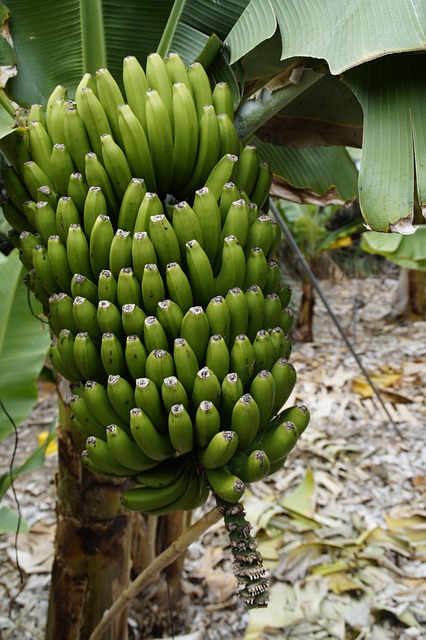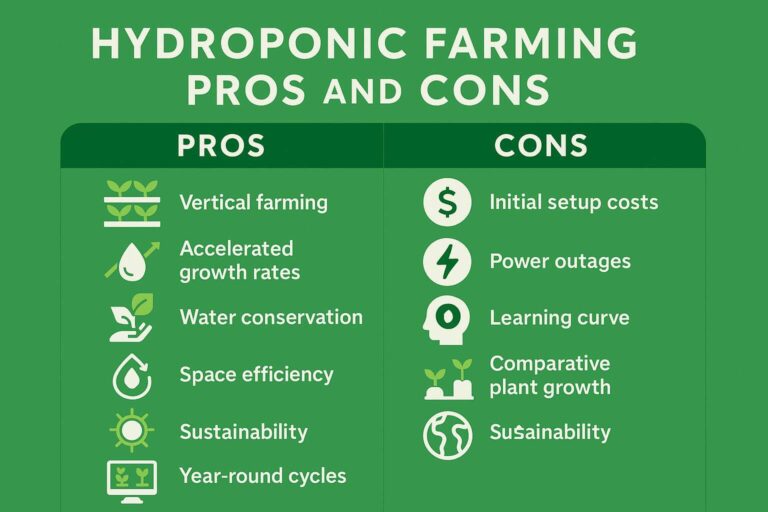Banana plants, with their lush foliage and tropical vibes, are a favorite among gardeners looking to create a lush oasis in their backyard. However, for those living in regions with cold winters, the question of whether a banana plant can survive the harsh winter months is a common concern. The good news is that with the right care and preparation, you can indeed help your banana plant survive winter even in colder climates. In this comprehensive guide, we will explore the fascinating world of banana plants, their unique needs, and effective strategies to protect them from winter’s chill.
Understanding Banana Plants
Before delving into the specifics of overwintering banana plants, it’s essential to understand the basics of these remarkable plants. Banana plants belong to the genus Musa and are native to tropical and subtropical regions, primarily in Southeast Asia. They are known for their large, broad leaves and fruit-bearing capabilities, making them a popular choice among gardeners who want to add a touch of the exotic to their gardens.
There are several species and varieties of banana plants, but the two most common types grown for their edible fruit are the Musa acuminata (sweet bananas) and Musa x paradisiaca (plantain bananas). Banana plants can be quite fast-growing and can reach heights of up to 30 feet or more in the right conditions. However, their tropical origins mean that they are not naturally adapted to withstand freezing temperatures.
The Challenge of Overwintering Banana Plants
For gardeners living in colder climates, the main challenge when it comes to banana plants is their susceptibility to frost and freezing temperatures. Banana plants are sensitive to cold, and prolonged exposure to temperatures below freezing can cause severe damage or even kill the plant. The leaves, in particular, are vulnerable to frost, and once they freeze, they become limp and mushy, eventually turning brown and dying.
Despite their sensitivity to cold, many gardeners in regions with harsh winters are determined to grow banana plants and enjoy their tropical beauty. Fortunately, it is possible to overwinter banana plants successfully with the right precautions and care.
Overwintering Banana Plants: Step-by-Step Guide
To help your banana plant survive winter in a cold climate, follow these steps:
- Choose the Right Banana Variety: Select banana plant varieties that are more cold-tolerant. While most banana plants are not suited for cold climates, some varieties, such as the Musa basjoo, are more resilient to lower temperatures. Choosing a cold-hardy variety is your first line of defense against winter cold.
- Planting Location: Choose a planting location that provides some natural protection from the cold. South-facing or west-facing spots against a wall or building can absorb and radiate heat, creating a microclimate that is slightly warmer than the surrounding area. This can help protect your banana plant from freezing temperatures.
- Proper Soil Preparation: Ensure that your banana plant is planted in well-draining soil. Banana plants do not like to have “wet feet,” so good drainage is crucial. Amending the soil with organic matter can improve drainage and provide essential nutrients for your plant.
- Mulching: Apply a thick layer of mulch around the base of the banana plant before winter sets in. This helps insulate the roots and protect them from freezing. Use materials like straw, leaves, or wood chips for effective insulation.
- Prune and Protect: Before the first frost, trim your banana plant’s leaves to about 3-4 feet tall. This reduces the risk of damage to the plant and makes it easier to protect. Once trimmed, wrap the remaining leaves with burlap or frost cloth to shield them from frost.
- Build a Windbreak: Strong winter winds can exacerbate the cold stress on your banana plant. Erect a windbreak, such as a fence or a wall of burlap, around the plant to block the wind and create a more sheltered environment.
- Heating and Lighting: If you are particularly concerned about cold temperatures, you can use heating cables or outdoor-rated heat lamps to provide extra warmth. Additionally, some gardeners use Christmas lights (incandescent, not LED) to generate a mild heat source under the protective covering.
- Container Planting: If you prefer to keep your banana plant in a container, it’s easier to move it indoors during the winter months. Place it in a bright, warm location with indirect sunlight and water sparingly to prevent root rot.
- Monitor Soil Moisture: During the winter, it’s essential to keep an eye on soil moisture. While you don’t want your banana plant to dry out completely, overwatering can be equally damaging. Water sparingly and only when the soil is dry to the touch.
- Check for Pests and Diseases: Winter is an excellent time to inspect your banana plant for any signs of pests or diseases. If you spot any issues, address them promptly to prevent them from worsening.
- Be Patient: Banana plants can look quite sad during the winter, with their trimmed leaves and protective coverings. However, resist the urge to uncover them prematurely. Wait until the danger of frost has passed in the spring before unwrapping and allowing new growth to emerge.
By following these steps and giving your banana plant the care and protection it needs, you can increase its chances of surviving the winter and thriving in your cold-climate garden.
Additional Tips for Banana Plant Care
To ensure your banana plant remains healthy throughout the growing season and can better withstand winter, consider these additional care tips:
- Fertilize Regularly: Banana plants are heavy feeders and benefit from regular fertilization during the growing season. Use a balanced, slow-release fertilizer to provide essential nutrients.
- Provide Adequate Water: Keep the soil consistently moist but not waterlogged. Banana plants prefer well-drained soil, so avoid water stagnation around the roots.
- Monitor for Pests: Keep an eye out for common banana plant pests such as aphids, mealybugs, and spider mites. Promptly address any infestations to prevent damage to your plant.
- Support Growing Stems: As banana plants grow, they can become top-heavy and may need support to prevent them from toppling over. Use stakes or a support system to help them stay upright.
- Harvesting: If you’re growing banana plants for their fruit, harvest the fruit when it reaches maturity. Harvested fruit can be stored in a cool, dry place until ripe.
Conclusion
Growing banana plants in a cold climate can be a rewarding endeavor for gardeners who are willing to put in the extra effort and care needed to protect these tropical beauties from the winter chill. By selecting cold-hardy varieties, providing proper insulation and protection, and following essential care guidelines, you can enjoy the lush foliage and exotic charm of banana plants in your garden year after year. Remember that overwintering banana plants in colder climates requires patience and vigilance, but the results are well worth the effort when you see your banana plant thriving despite the odds. With the right approach, a banana plant can indeed survive winter, bringing a touch of the tropics to your cold-climate garden.








